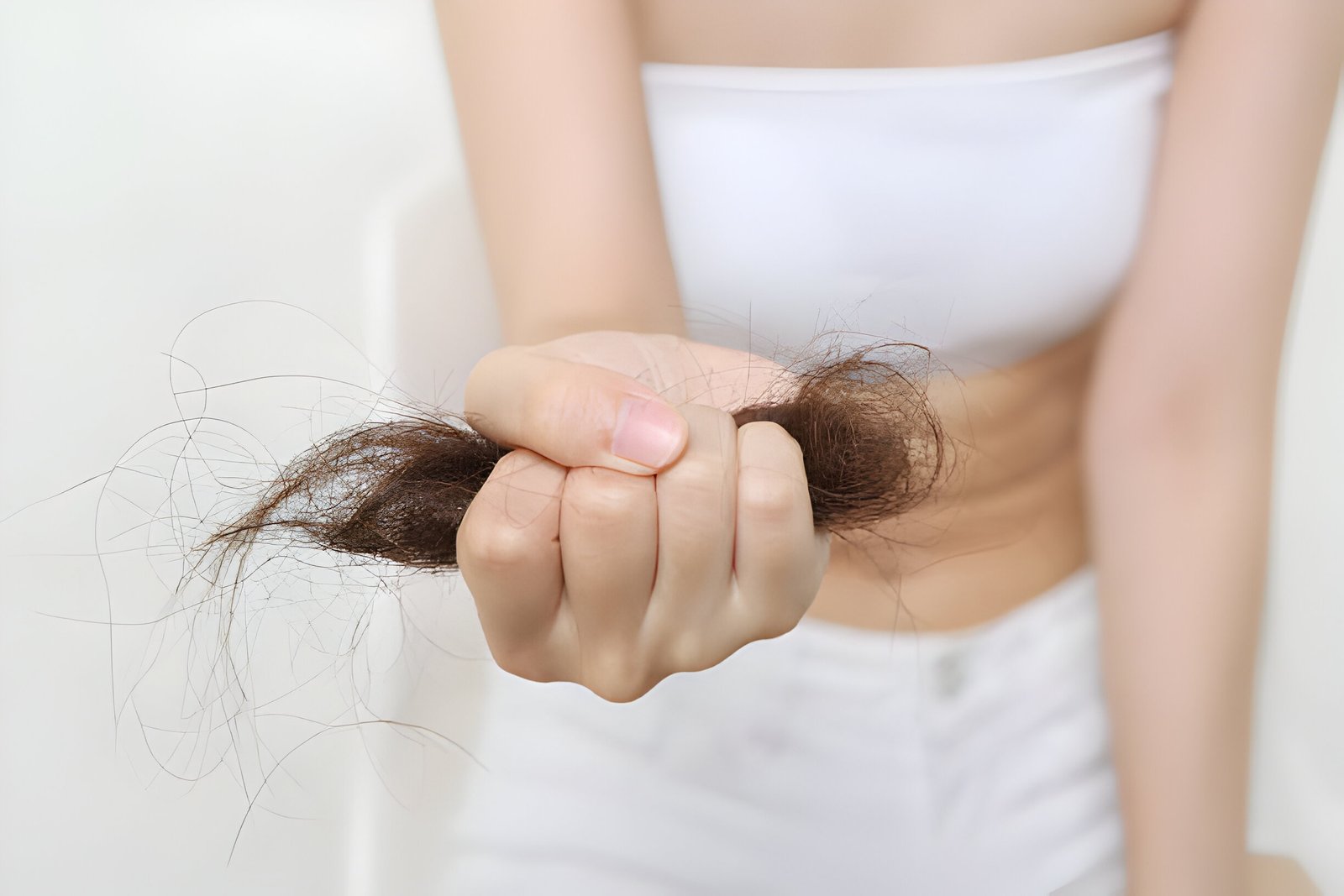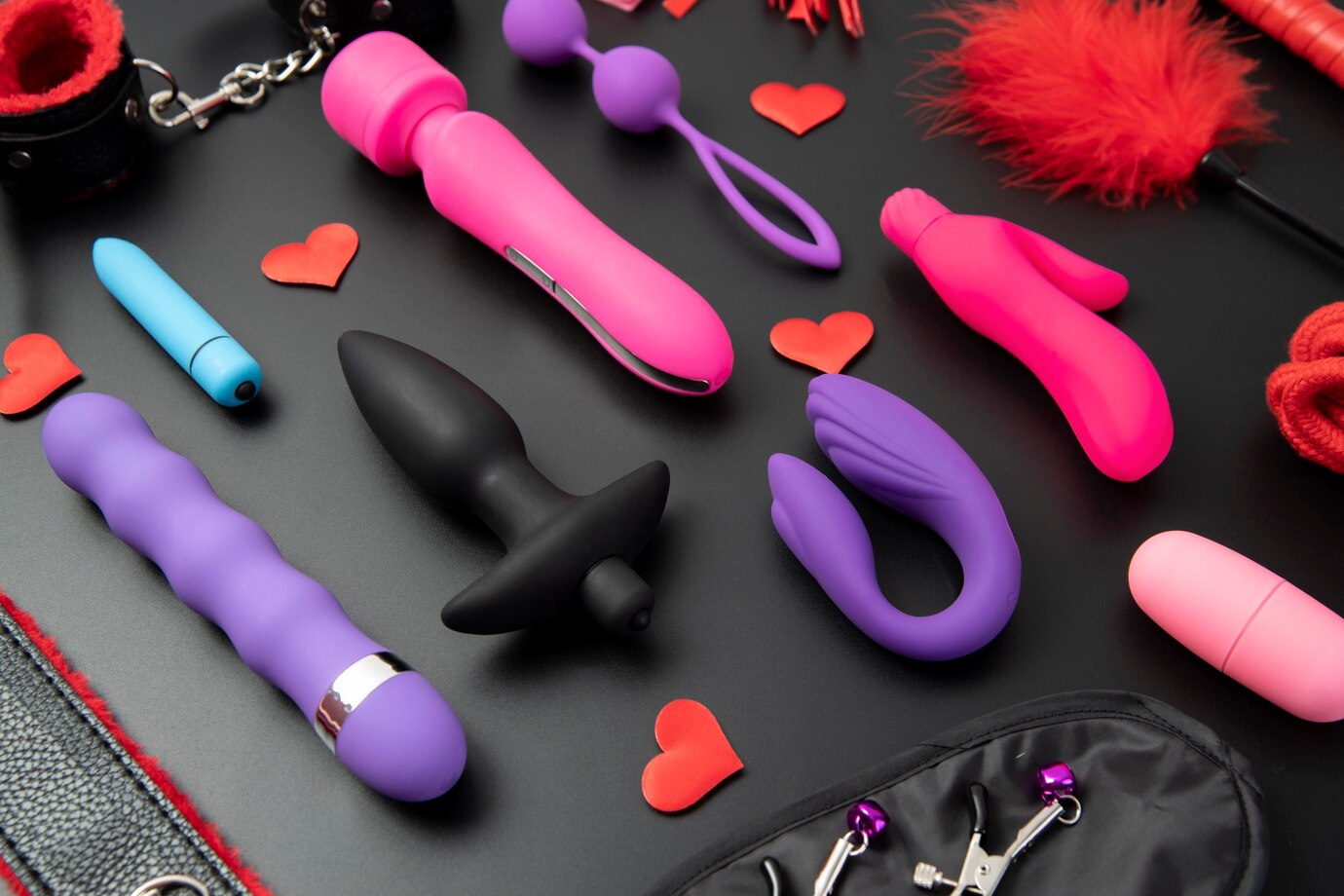
Image Credit: Getty Image
In a world where beauty standards are constantly evolving, the conversation around female body hair and hairy bodied women is becoming increasingly significant. This discussion challenges long-held societal norms and invites a diverse perspective on what it means to embrace a natural body. For many women with hairy bodies, the choice to showcase their natural self is a profound statement of self-acceptance and a rejection of unrealistic beauty ideals. The significance of this shift cannot be overstated as it touches upon issues of body positivity, self-esteem, and the freedom of individual expression in a modern context.
This article delves into the societal pressure and historical context behind the stigma surrounding hairy natural nude forms, alongside personal stories of women with hairy bodies who have chosen to embrace their natural beauty. By examining the experiences of hairy body women, the discussion seeks to underscore the importance of diversity in beauty standards and the empowering journey towards self-acceptance and love for one’s body. Through this exploration, readers will gain insight into the challenges and triumphs faced by hairy bodied women in today’s society.
The Societal Pressure and Historical Context
Evolution of Beauty Standards
The concept of beauty and the practices surrounding body hair removal have deep historical roots, tracing back to ancient civilizations. Over time, these practices evolved, influenced heavily by social, economic, and technological changes. For instance, the introduction of Gillette’s first razor for women in 1915 marked a significant shift, aligning hair removal with modern notions of femininity and attractiveness.
Impact of Media and Advertising
From the early 20th century, advertisements have aggressively promoted hair removal products, linking hairlessness with beauty and desirability. This narrative gained momentum in the 1950s with the popularization of bikinis and further through media outlets like Playboy magazine, which equated hairlessness with sex appeal Modern advertising continues to reinforce these standards, often using direct language and imagery that associate hairlessness with freedom and attractiveness, pushing women towards conforming to these often restrictive beauty norms.
Personal Stories of Hairy Bodied Women
Experiences of Body Positivity Advocates
Many women with hairy bodies are turning their personal experiences into public advocacy, challenging the entrenched beauty standards. Esther Calixte-Bea, a notable figure in this movement, began her journey of self-acceptance as a young girl who felt pressured to remove her chest hair. Today, she uses her social media platforms to foster a supportive community where she promotes body hair positivity. Her initiatives, like the Lavender Project, not only showcase her own body hair but also encourage conversations about femininity and body hair.
Challenges and Triumphs
The road to embracing one’s natural body hair is fraught with challenges. Women often face harsh judgments and are labeled as ‘unfeminine’ for their natural appearance. Despite these obstacles, many have found triumphs in their journey. They report feeling a profound sense of liberation and increased self-esteem as they learn to accept their body hair. Social media platforms have played a crucial role in this shift, with hashtags like #bodyhairisnatural gaining millions of views, helping to normalize and celebrate natural body appearances.
Embracing Natural Beauty in Modern Times
Social media has emerged as a powerful platform influencing beauty standards and promoting body positivity. Platforms like Instagram and TikTok now showcase a diverse array of body types, encouraging users to embrace their natural selves. The hashtag #BoPo, representing body positivity, has gained traction, with influencers sharing unedited photos to highlight the beauty in natural appearances. This shift is significant in a digital age where beauty filters and photo editing often distort reality, pushing narrow, often unattainable beauty ideals.
Tips for Growing and Maintaining Natural Body Hair
Embracing natural body hair begins with understanding and nurturing it. Consistency in care is crucial; using the right products that suit individual hair types can make a significant difference. Regular trimming and avoiding product overload are essential to maintain healthy hair growth. Moreover, protecting hair from excessive heat and choosing protective hairstyles can prevent damage and promote growth. It’s also important to be aware of the ingredients in hair care products, avoiding harmful chemicals that can impede hair health.
The Role of Social Media in Body Positivity
Social media is not only a platform for beauty standards but also a tool for challenging these norms. The promotion of body positivity on these platforms has led to a noticeable decrease in negative body image among users. Studies show that exposure to body positive posts can significantly improve body satisfaction and reduce the urge to compare oneself unfavorably with others. By promoting diverse body types and challenging the traditional perceptions of beauty, social media can be a positive force in fostering self-acceptance and body confidence.
Conclusion
Throughout this exploration, we have navigated the complex landscape surrounding hairy bodied women and the evolving paradigms of beauty, emphasizing the struggle against societal pressures and the journey toward self-acceptance. This discourse not only highlighted the personal stories of those who have boldly embraced their natural beauty but also underscored the shifting dynamics of beauty standards, influenced significantly by both historical contexts and modern platforms. As we delve into these lived experiences and movements, the narrative consistently circles back to the core thesis: embracing one’s natural body as an act of defiance against constraining beauty norms and a step towards fostering a more inclusive and diverse understanding of beauty.
The implications of these discussions are profound, suggesting not only a reevaluation of personal beauty standards but also encouraging a collective movement towards greater acceptance and celebration of diversity in physical appearances. As we conclude, it is clear that the journey towards embracing natural beauty and dismantling entrenched beauty norms is ongoing. This dialog opens up avenues for further research, action, and advocacy, urging a continual rethinking of beauty standards to accommodate and celebrate the natural diversity of the human body.
FAQs
1. What led to the perception of body hair as unattractive?
In the early 20th century, within upper- and middle-class white American society, smooth skin began to be viewed as a symbol of femininity, while body hair on women was considered undesirable. This perspective was promoted as a way to distinguish oneself from those perceived as less refined, including lower-class and immigrant populations.
2. Why is there a stigma around female body hair?
Historically, female body hair was seen as an indicator of social class. Women from the upper and middle classes would often remove their body hair to enhance their appearance and align with societal expectations, whereas working-class women typically did not. This practice led to associations of natural body hair with immigrants unfamiliar with American cultural standards.
3. What is body hair positivity among women?
Body hair positivity among women encourages embracing natural body states to challenge conventional beauty standards. As noted by Calixte-Bea, many women have never experienced their natural body appearance. Allowing body hair to grow can prompt a reevaluation of personal and societal perceptions of beauty.
4. Which types of body hair are considered most attractive on women?
Many women prefer men who maintain their pubic hair by trimming or shaving it completely, which some believe enhances the perceived size of male genitalia. However, body hair on men’s arms, legs, and even moderate chest hair is also often appreciated, as long as it is not overly thick or carpet-like.







